It rained hard yesterday, all day, on Grand Manan Island (at the mouth of the Bay of Fundy). And it was cold, for late June – only 11 degrees. The rain didn’t start until 8:30 AM; before that, early (around 6:00), I had opened 3 mist nets to see what birds were around. I caught 6 birds, five that I banded: 2 Black-capped Chickadees, 1 White-throated Sparrow, 1 Black-throated Green Warbler, and 1 Black & White Warbler. The sixth bird was a Blue Jay that I had originally banded in June 2011. I packed everything up quickly when the rain started. It would have been a tough day (and night) for these small passerines – cold and very wet (it teemed down for 18 hours steady). All of the birds caught were in “breeding condition”. The warblers had made their long migration from Central America; they needed to endure these conditions and raise young. Given their personal schedules they only would get one shot at it before they had to head south again. The residents (chickadees and Blue Jays) and short-distance migrants (White-throated Sparrow) could take the time to try for a second brood if this one didn’t survive the rain/cold…or try, maybe, for a second brood if they did.
Grand Manan, like most of New Brunswick, is made up of boreal forest. And the boreal forest is the prime breeding ground for many long-distance migrants. It’s awe-inspiring to think of the incredible journeys these little birds make to get to their “summer homes”. But for a number of birds the area around Grand Manan is a “winter home”.
There’s a number of seabirds that nest in the far southern oceans and then migrate to the rich waters of the north Atlantic to molt and avoid the frigid temperatures and wind of their breeding grounds. The strong tidal currents in the Bay of Fundy push nutrients and plankton to the surface feeding large schools of fish and zooplankton which in turn nourish thousands of seabirds – which have travelled thousands of miles to take advantage.
The three most commonly seen “southern” seabirds around Grand Manan are: Wilson’s Storm-petrel, Great Shearwater, and Sooty Shearwater. Usually in June I see them (the shearwaters mostly) on the ferry crossing from Black’s Harbour….but not this year. Curious. A few days ago I was at the northern end of the island; there’s a lookout that gives marvellous views of the bay. There, the currents of water flowing around the island meet. The consequent turbulence and upwellings are a favourite feeding area for seabirds and sea mammals (harbour porpoises, Minke Whales, sometimes a Fin Whale). But….nothing.
I’m sure the birds (and whales) will be there fairly soon. They’re just late. I’d love to know the meteorological and oceanographic explanations for this lateness. But I’ll be happy when they do show up. There’s not much can compare with the grace of a shearwater effortlessly riding a gale.
Recently banded birds
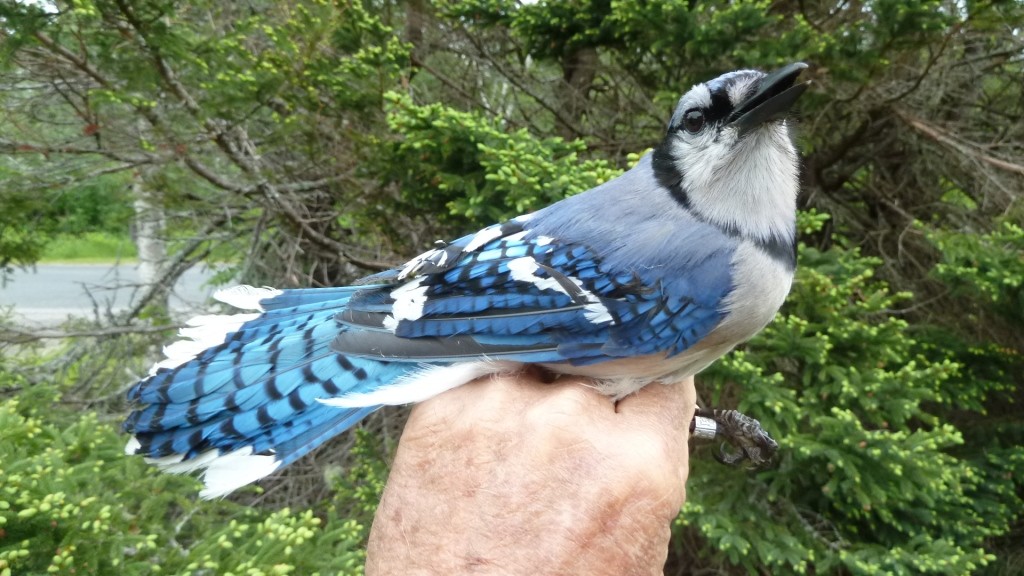
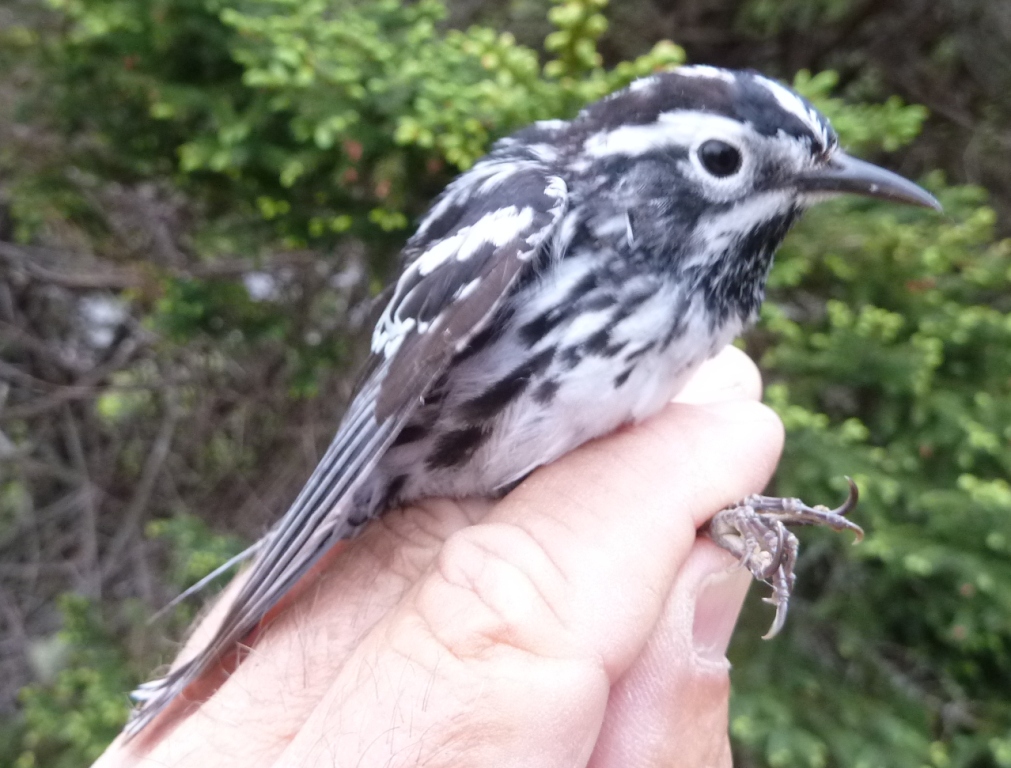
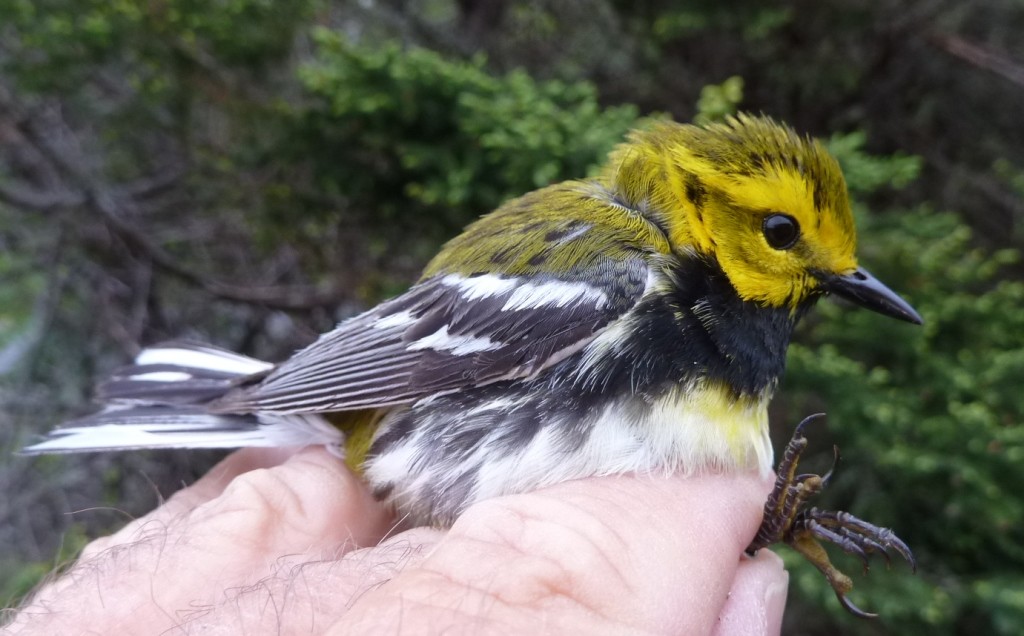
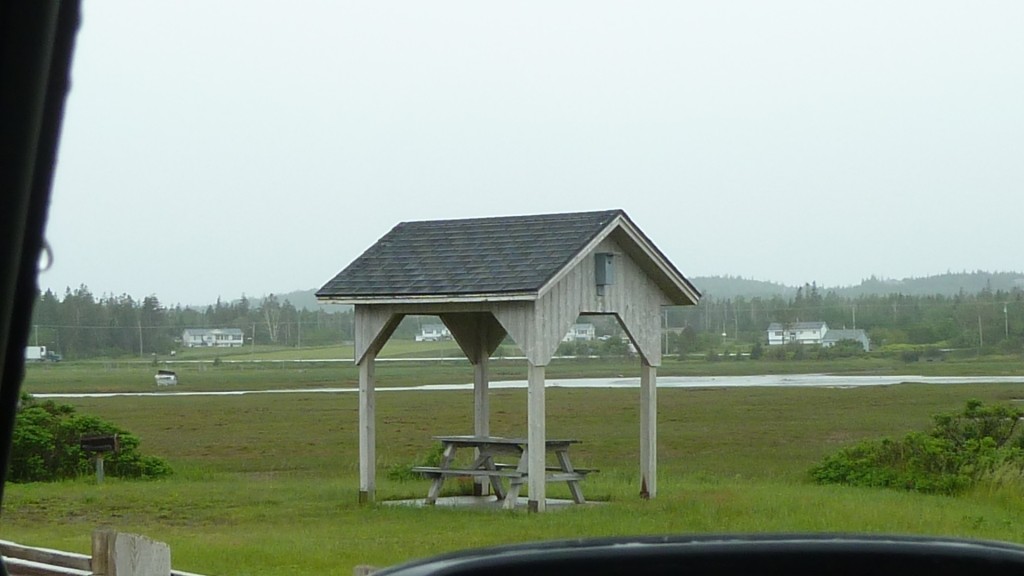
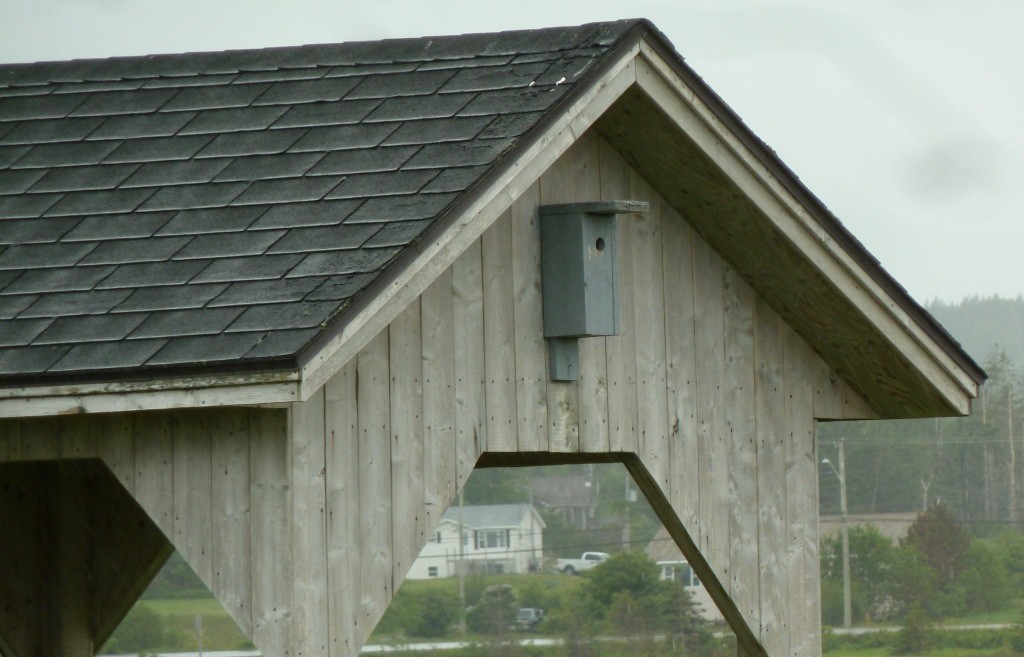
Pictures of seabirds from a previous year:
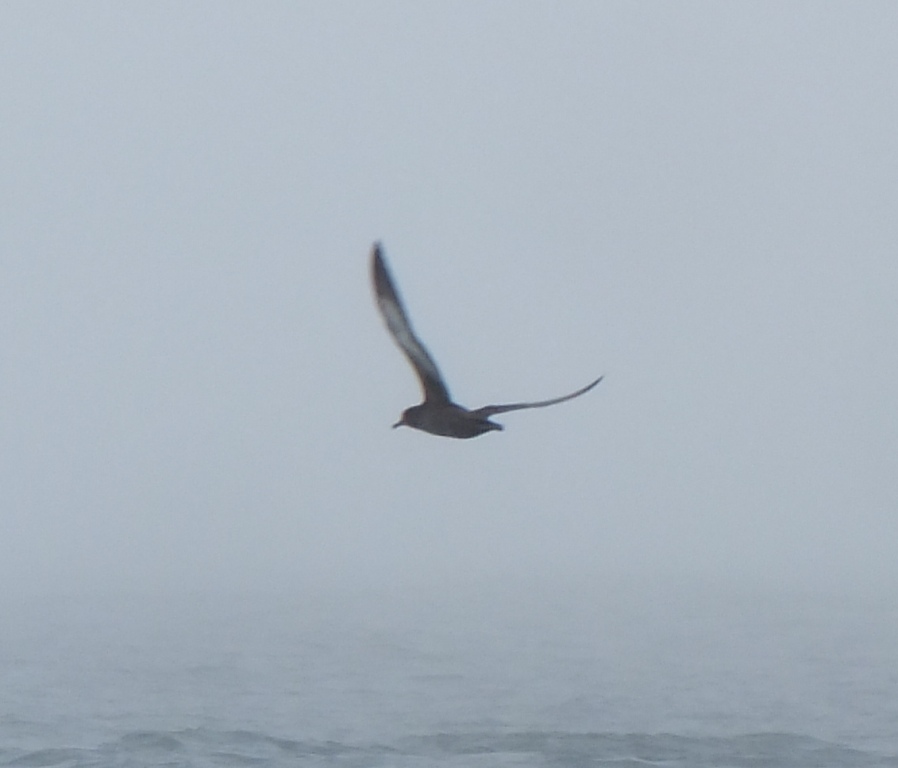
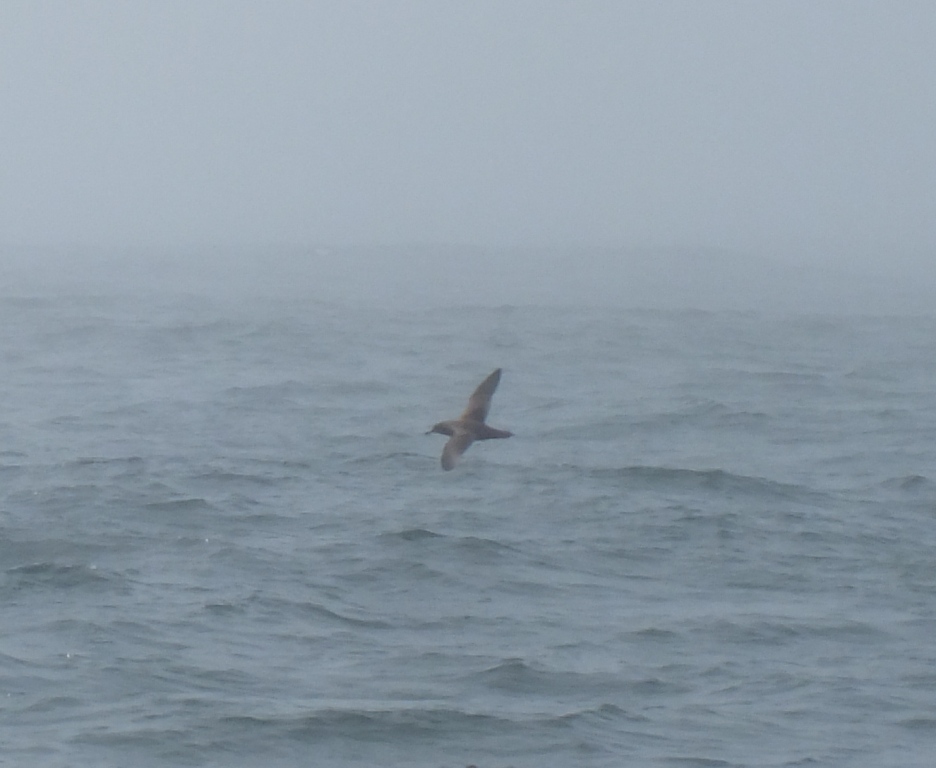
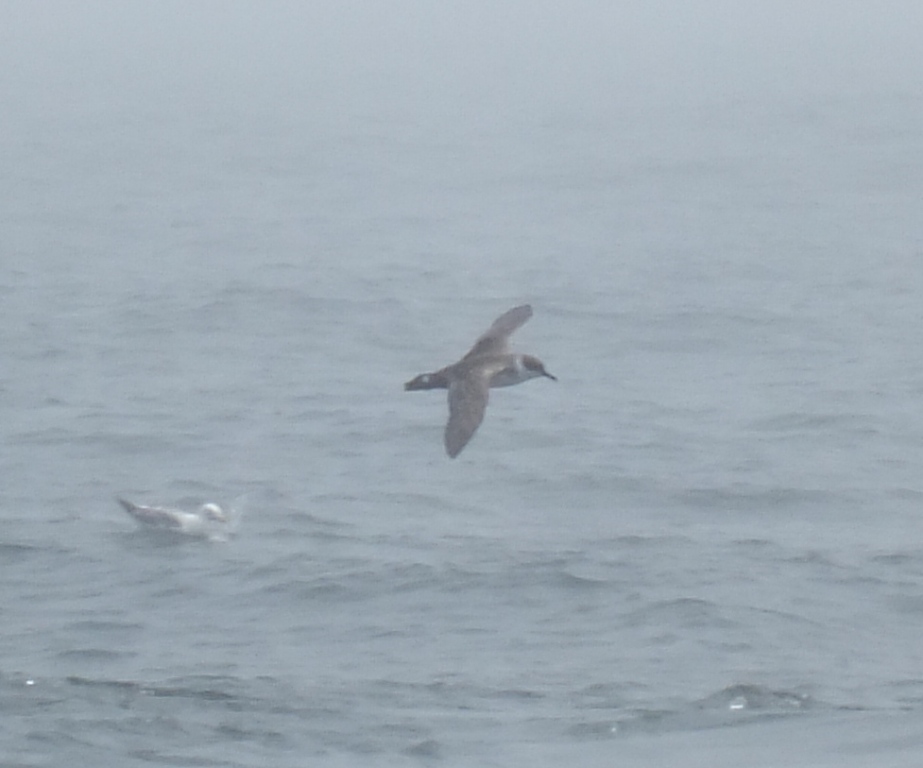
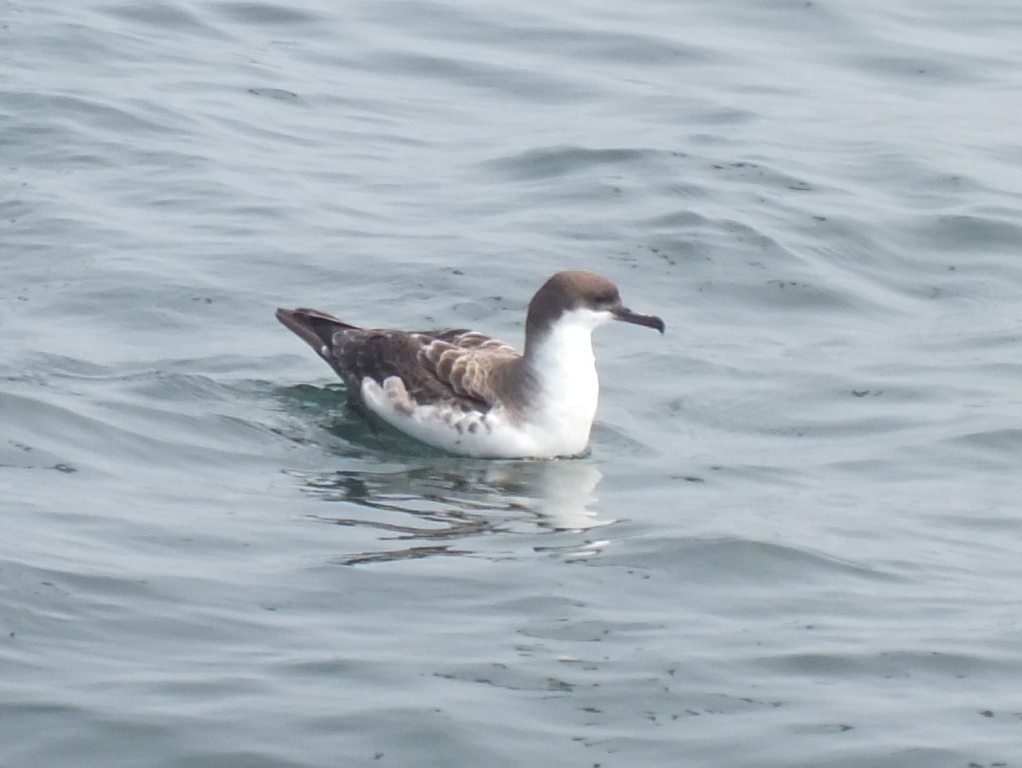

Hi I would like to know where you are banding birds on Grand Manan and under wich project??